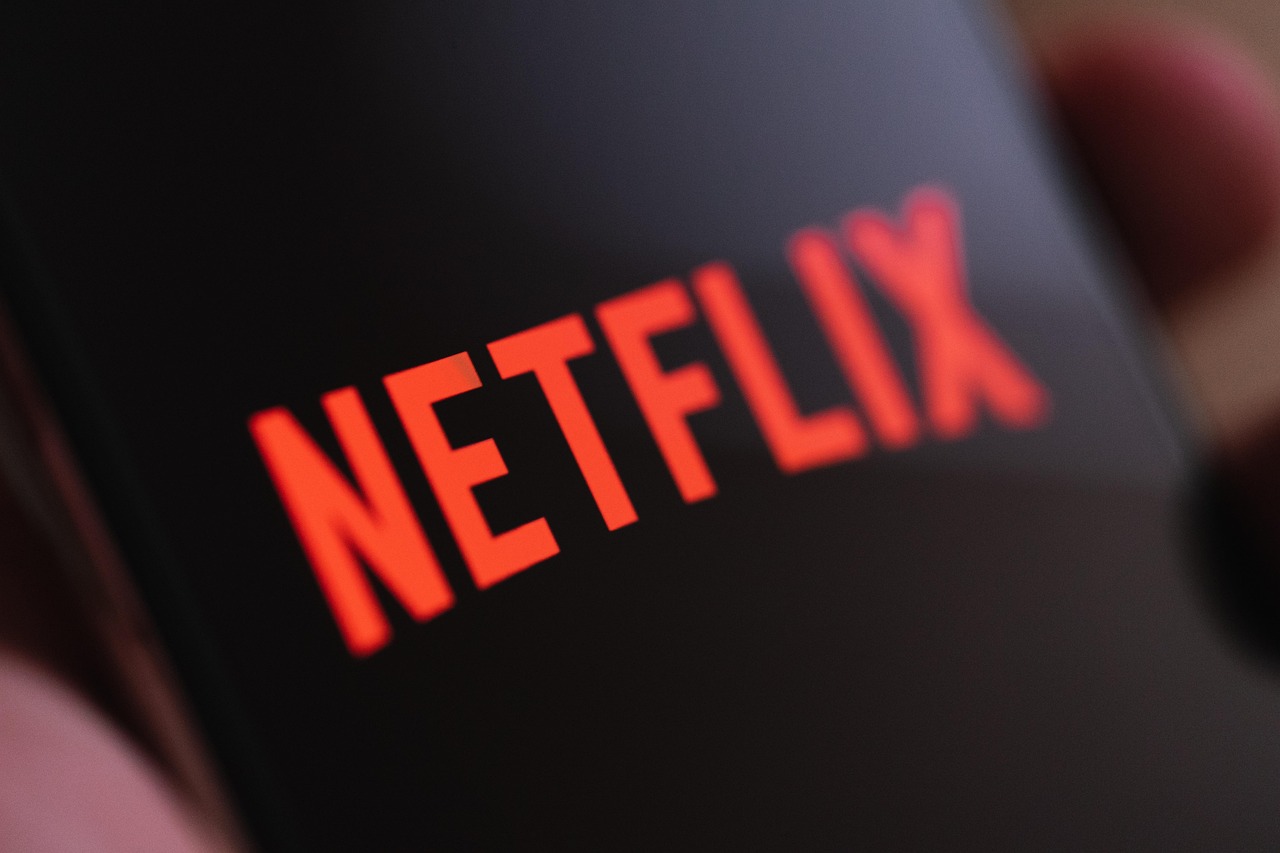Understanding Streaming Services for Movies and TV Shows
Discover how online streaming platforms have transformed the way we access movies, shows, and live content. Explore different streaming services, their features, and what makes each option unique, helping you choose the right platform for your entertainment needs.

What Are Streaming Services for Movies and TV Shows
Streaming services represent a fundamental shift in entertainment delivery, allowing users to watch content on-demand through internet connections. Unlike traditional broadcast television, these platforms store content on remote servers and deliver it directly to viewers’ devices in real-time. Popular services include Netflix, Amazon Prime Video, Disney+, HBO Max, Hulu, and Apple TV+, each offering unique content libraries and viewing experiences.
The technology behind streaming relies on adaptive bitrate streaming, which adjusts video quality based on internet connection speeds. This ensures smooth playback across various devices, from smartphones and tablets to smart TVs and gaming consoles. Most platforms support multiple user profiles, allowing families to maintain separate watchlists and receive personalized recommendations.
Streaming Platforms Without Ads: Premium Viewing Experience
Ad-free streaming platforms provide uninterrupted viewing experiences, though they typically come at higher subscription costs. Services like Netflix, Apple TV+, and Disney+ operate primarily on subscription models without advertisements during content playback. These platforms invest heavily in original programming and exclusive content to justify their premium pricing.
Some services offer tiered pricing structures, allowing users to choose between ad-supported and ad-free versions. Hulu pioneered this approach, providing a lower-cost option with advertisements and a premium tier without interruptions. This flexibility helps accommodate different budget preferences while maintaining revenue streams for content creation and licensing.
Premium Online Streaming Platforms: Features and Benefits
Premium streaming platforms distinguish themselves through superior content quality, exclusive programming, and enhanced user experiences. These services typically offer 4K Ultra HD resolution, HDR support, and Dolby Atmos audio for compatible devices. Advanced features include offline downloading, multiple simultaneous streams, and sophisticated recommendation algorithms.
Original content production has become a crucial differentiator among premium platforms. Netflix invests billions annually in original series and films, while Apple TV+ focuses on high-quality exclusive content despite its smaller library. Amazon Prime Video leverages its parent company’s resources to secure exclusive sports broadcasting rights and produce big-budget original programming.
| Service | Provider | Monthly Cost Estimation |
|---|---|---|
| Netflix Standard | Netflix Inc. | $15.49 |
| Disney+ | The Walt Disney Company | $7.99 |
| HBO Max | Warner Bros. Discovery | $15.99 |
| Amazon Prime Video | Amazon | $8.99 |
| Apple TV+ | Apple Inc. | $6.99 |
| Hulu (No Ads) | The Walt Disney Company | $17.99 |
Prices, rates, or cost estimates mentioned in this article are based on the latest available information but may change over time. Independent research is advised before making financial decisions.
Content Libraries and Licensing Considerations
Streaming platforms build their content libraries through complex licensing agreements with studios, distributors, and independent creators. These agreements determine which movies and shows appear on specific platforms and for how long. Content availability varies by geographic region due to different licensing territories and local regulations.
The competition for exclusive content has intensified as more companies launch streaming services. Traditional media companies like Disney, NBCUniversal, and WarnerMedia have withdrawn content from third-party platforms to populate their own services. This fragmentation means consumers often need multiple subscriptions to access all desired content.
Technical Requirements and Device Compatibility
Successful streaming requires reliable internet connections with sufficient bandwidth. Most services recommend minimum speeds of 3-5 Mbps for standard definition content, 5-25 Mbps for HD, and 25+ Mbps for 4K streaming. Internet service providers may impose data caps or throttling that can affect streaming quality during peak usage periods.
Device compatibility spans smartphones, tablets, computers, smart TVs, streaming media players, and gaming consoles. Most platforms provide dedicated applications optimized for different operating systems and hardware configurations. Cross-platform synchronization allows users to start watching on one device and continue on another seamlessly.
Future Trends in Streaming Technology
The streaming industry continues evolving with emerging technologies and changing consumer preferences. Cloud gaming integration allows platforms to offer interactive entertainment beyond traditional video content. Artificial intelligence enhances content discovery through improved recommendation systems and personalized user interfaces.
Live streaming capabilities are expanding beyond sports and news to include interactive programming and virtual events. Some platforms experiment with choose-your-own-adventure content and real-time audience participation features. As internet infrastructure improves globally, streaming services will likely expand into new markets and offer enhanced viewing experiences through technologies like virtual and augmented reality.




